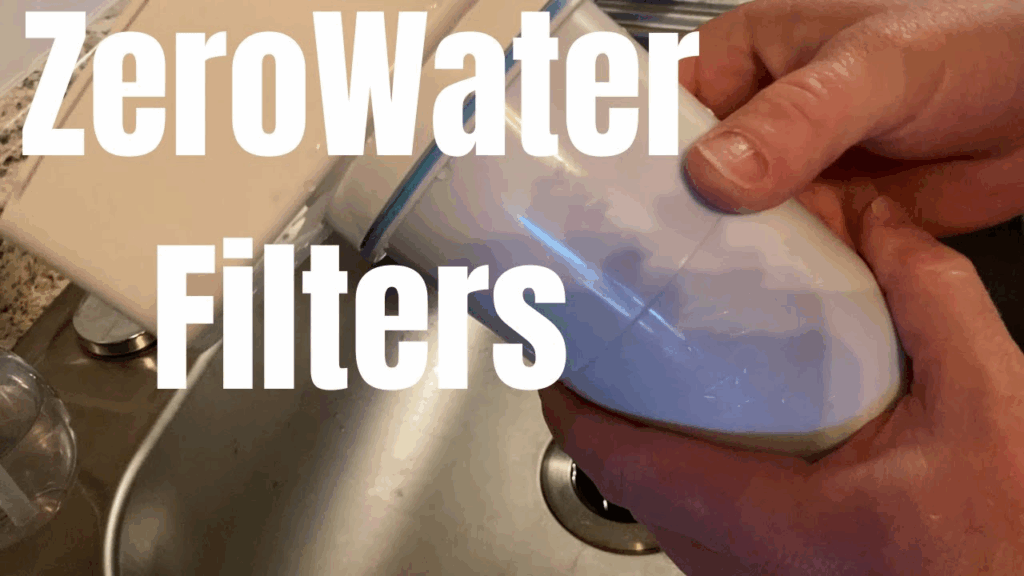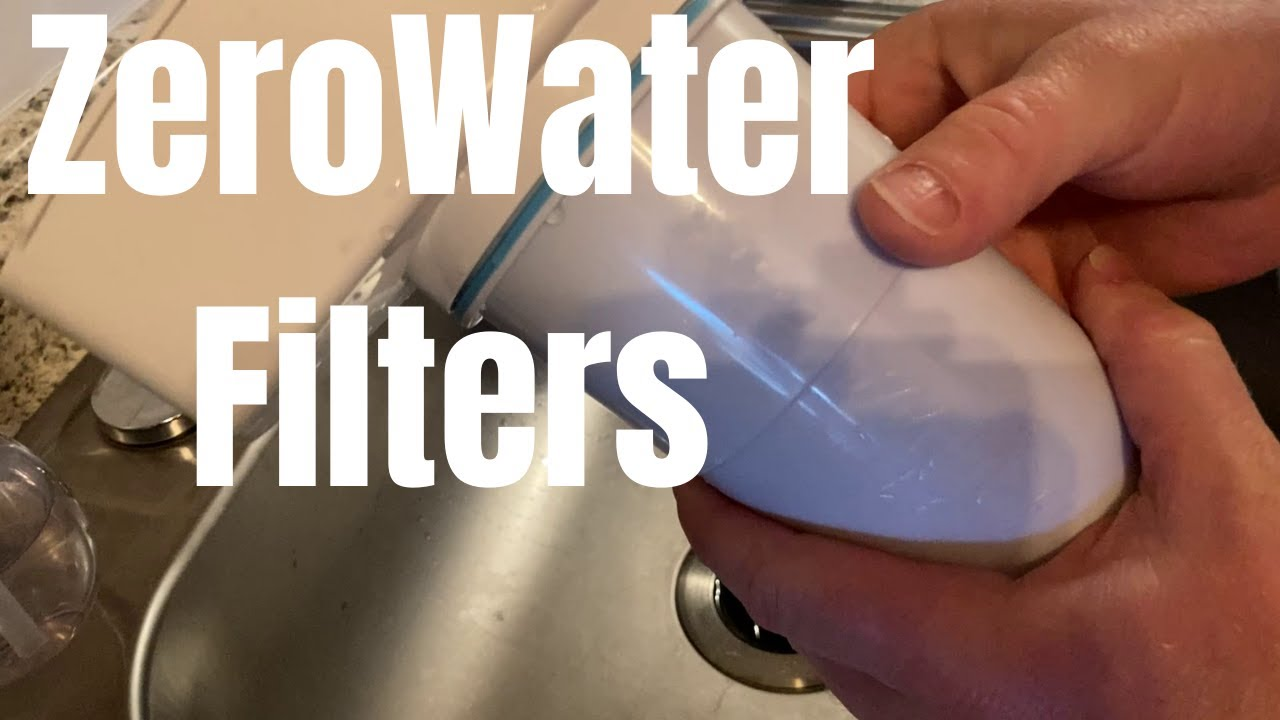
Water scarcity is one of the most pressing global challenges of our time. With rising populations, urbanization, and climate change, households are being urged to rethink how they use and reuse water. The good news is that achieving a zero-water-waste household is not only possible but also practical with the right strategies and tools.
This guide breaks down simple, effective, and affordable ways to reduce water waste across every part of your home.
Why Aim for a Zero-Water-Waste Home?
- Conservation: Freshwater sources are shrinking globally.
- Savings: Lower water use equals smaller utility bills.
- Sustainability: Reduces your environmental footprint.
- Resilience: Prepares households for droughts and water restrictions.
Step-by-Step Strategies for Every Household Area
1. Kitchen Practices
The kitchen is a hidden water-waste hotspot. Small changes here make a big impact.
- Install low-flow faucets to cut consumption by up to 60%.
- Collect leftover drinking water to hydrate plants.
- Use dishwashers efficiently—only run full loads.
- Reuse cooking water (e.g., pasta water) for plants once cooled.
2. Bathroom Upgrades
Bathrooms account for the largest share of indoor water use.
- Switch to low-flow showerheads and dual-flush toilets.
- Fix leaks immediately—a dripping tap can waste gallons daily.
- Limit showers to 5 minutes or less.
- Collect greywater from sinks and showers for flushing toilets.
3. Laundry Room Hacks
Washing machines consume significant water but can be optimized.
- Always wash full loads.
- Use high-efficiency washing machines (they use up to 50% less water).
- Reuse greywater for outdoor cleaning or irrigation.
4. Outdoor and Garden Practices
Outdoor water waste often goes unnoticed.
- Install drip irrigation or soaker hoses instead of sprinklers.
- Water plants early in the morning or late evening to reduce evaporation.
- Collect rainwater in barrels for gardening.
- Opt for drought-tolerant landscaping (xeriscaping).
5. Smart Technology Solutions
Technology can automate conservation efforts.
- Smart irrigation controllers adjust watering to weather patterns.
- Leak detectors alert you to hidden water loss.
- Smart appliances optimize water use in real time.
Table: Common Household Areas and Water-Saving Actions
| Household Area | Biggest Source of Waste | Solution |
|---|---|---|
| Kitchen | Running taps, inefficient dishwashing | Low-flow faucets, reuse cooking water |
| Bathroom | Leaks, long showers | Dual-flush toilets, 5-minute showers |
| Laundry | Half loads, old machines | High-efficiency washers, reuse greywater |
| Garden/Outdoors | Sprinklers, evaporation | Drip irrigation, rain barrels, xeriscaping |
| Entire Household | Undetected leaks | Smart leak detectors, regular maintenance |
Broader Benefits of a Zero-Water-Waste Lifestyle
- Financial savings: Families save hundreds annually by cutting waste.
- Environmental impact: Reduced demand on freshwater ecosystems.
- Energy efficiency: Less water use lowers energy needed for heating/pumping.
- Community contribution: Helps cities manage demand during shortages.
- Peace of mind: Households become resilient to water crises.
Overview Table
| Action | Estimated Water Saved | Impact |
|---|---|---|
| Low-flow bathroom fixtures | Up to 60% per use | Cuts daily household consumption |
| Efficient dish/laundry use | 10–15 gallons per load | Saves utility costs and water resources |
| Rainwater harvesting | 1,000+ gallons annually | Reduces outdoor water reliance |
| Greywater reuse | 25–40% of household water | Recycles water for secondary uses |
| Smart leak detection | 10% of annual use | Prevents hidden, costly losses |
Final Thoughts
A zero-water-waste household is not about depriving yourself but about rethinking habits and making smarter choices. From small daily practices like shorter showers to larger upgrades like installing smart irrigation systems, every effort counts. The beauty is that these changes not only conserve a precious resource but also reduce expenses and promote sustainable living.
By adopting these strategies, your home can become a model for eco-conscious living, ensuring that water—one of the planet’s most valuable resources—is never wasted.
FAQs
Q1: What’s the first step toward a zero-water-waste home?
Start by fixing leaks and switching to water-efficient fixtures—they offer the quickest savings.
Q2: Is greywater reuse safe for households?
Yes, when used properly (e.g., for flushing toilets or irrigation), greywater is safe and sustainable.
Q3: Can technology really make a difference in saving water?
Absolutely—smart leak detectors and irrigation controllers can prevent thousands of gallons from being wasted yearly.

